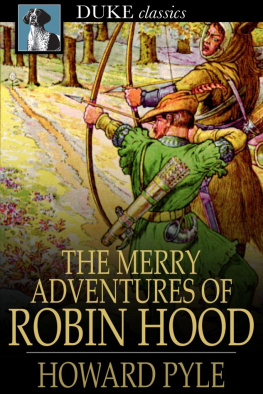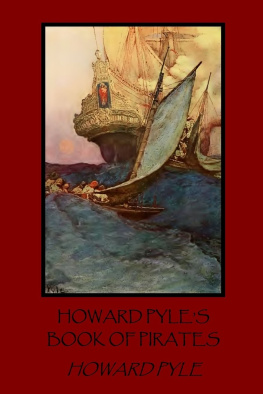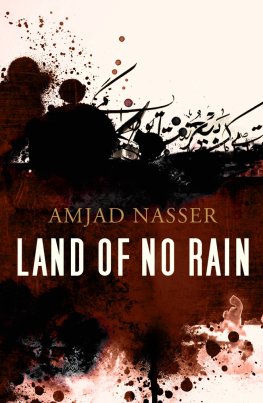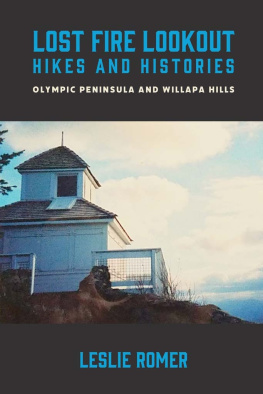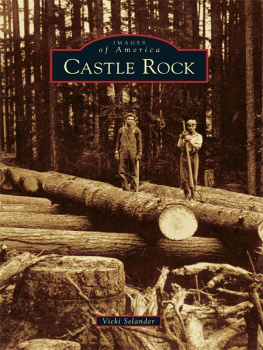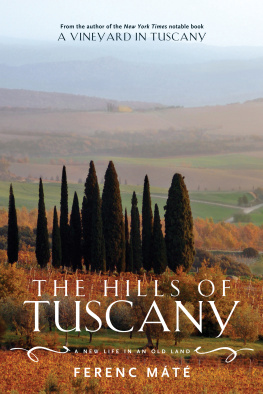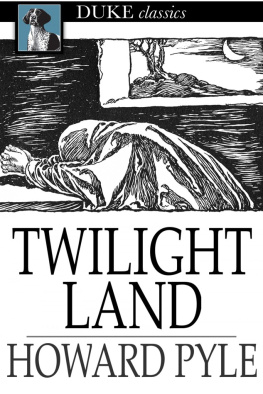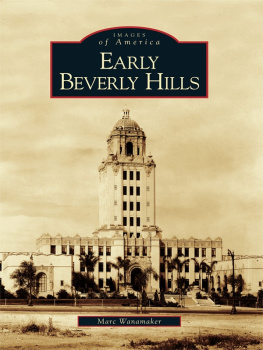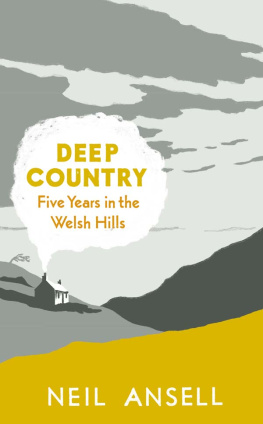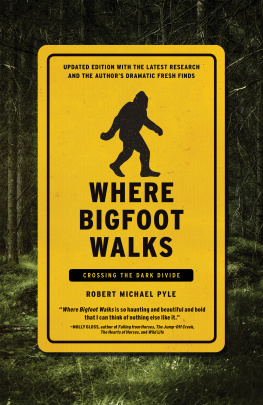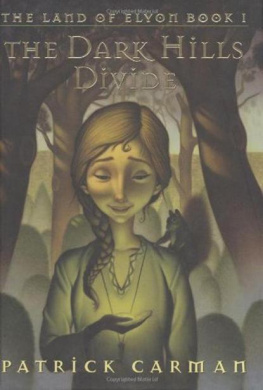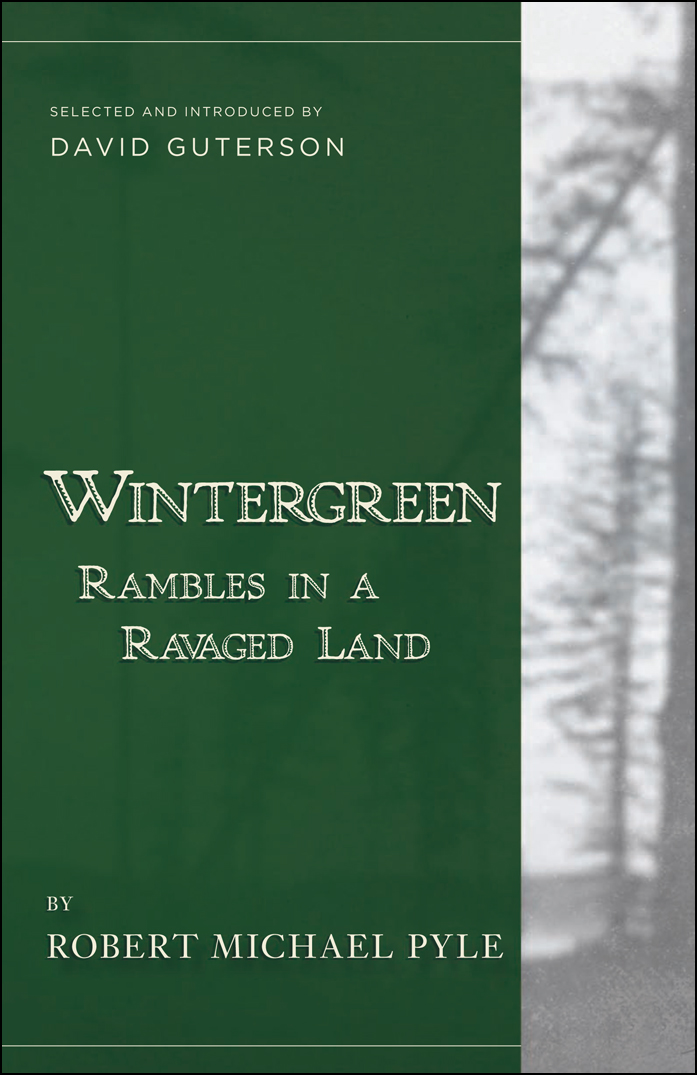Pyle shows himself here to be a cunning essayist who is able to bring to life a region little known. The layout of the book is poetic in itselfset in four sections that symbolically represent summer, fall, winter, and spring, each section in turn contains four essaysrevealing a cohesion of the authors spirit with the seasons.... [A] love song to an overlookedand overworkedland.
KIRKUS
Wintergreen constitutes a biogeography of the naturalist himself... The clear, complex topography of his language pays homage at every turn to the land he describes.
CHRISTOPHER CAMUTO, SIERRA MAGAZINE
In the southwest corner of Washington State lie the Willapa Hills, a temperate, rain-drenched land of perennial greenness. Still the habitat of fungi, mosses, lichens, and ferns, they were once the home of one of the greatest forests on earth. But as Pyle so articulately states, years of improvident lumbering practices and economic greed have despoiled the hills, decimated the wildlife, and rendered the future uncertain. Out of this, his chosen home, Pyle has created a collection of vividly responsive observations and speculations about the diversity and requirements of life, from butterflies to bears.
LIBRARY JOURNAL
Pyle looks past the stumps and clear cuts to rediscover the essence of the Willapa Hills. Even though scarred from decades of logging this terrain is still a wilderness. The author puts the pieces together to create a vision of nature trying to survive our species demands.
KRIST NOVOSELI
A rare and wonderful book.
THE SEATTLE TIMES

Copyright 1986, 2001 Robert Michael Pyle
All rights reserved under International and Pan-American Copyright Conventions. No part of this book may be used or reproduced in any manner whatsoever without written permission from the publisher, except in the case of brief quotations embodied in critical articles and reviews.
Originally published by Scribner in 1986
Published by Pharos Editions in 2015
Excerpt from A Map of the Worlds Biogeographical Provinces by Melinda Mueller. Copyright 1984 by Had We But, Inc. Reprint permission of Fine Madness.
Library of Congress Cataloging-in-Publication Data
Pyle, Robert Michael.
Wintergreen : rambles in a ravaged land / Robert Michael Pyle
p. cm.
Originally published: New York : Scribner, 1986.
Natural historyWashington (State)Willapa Hills. 2. EcologyWashington (State)Willapa Hills. 3. LoggingEnvironmental aspectsWashington (State)Willapa Hills. 4. Willapa Hills (Wash.) I. Title.
QH105.W2 P95 2001
508.79792dc21 2001031379
Cover and interior design by Faceout Studio
Interior map: Catherine Macdonald

Pharos Editions, an imprint of Counterpoint
2560 Ninth Street, Suite 318
Berkeley, CA 94710
www.pharoseditions.com
Distributed by Publishers Group West
10 9 8 7 6 5 4 3 2 1
e-book ISBN 978-1-94043-624-1


INTRODUCTION BY
DAVID GUTERSON

Wintergreen: Rambles in a Ravaged Land appeared in 1986the year of Chernobyl, and a year after the discovery of a gaping ozone hole over Antarctica. A consummate work of natural history, it announced the arrival of a stylist with lan in a field where currents of castigation and warning sometimes give nature writing the tincture of sermonology. Wintergreen felt personable, even optimistic. It had no truck with doom and gloom. Its author was possessedit seemed by natureof a robust and general enthusiasm, and of a buoyant appreciation for the fact of living. It was easy to imagine Robert Michael Pyle cheerfully rambling in his ravaged land, the Willapa Hills of southwestern Washington.
Imagine this I did, in 1986, while devouring Wintergreen cover-to-cover, a binge spurred by affinity and affirmation, or at least by recognition and identification, because here, at last, was a book about home, home as I knew it in my feet, so to speak, home as I loved and understood it. Other readers had described Pyles Willapa as a metaphor for global environmental duressor for something that went unnamed and felt vaguebut for me, everything there stood for itself. In fact it was precisely the books concrete bona fidesits familiar trilliums, skunk cabbage, and clearcutsthat made reading it feel so companionable.
Wintergreen took a place on my shelf alongside Robert L. Woods Olympic Mountains Trail Guide and my Climbers Guide to the Olympic Mountains. I gave Woods guide to a young, lost rambler, the climbers guide got chewed by voles, and Wintergreen went permanently borrowed. All three books have since been replaced, as has a fourth that, like the others, I pack regularlyDaniel Mathews Cascade-Olympic Natural History, a supremely accomplished trailside reference that is out of print but shouldnt be.
Mathews book appeared in 1988, the same year Wintergreen was published in paperback under the subtitle Listening to the Lands Heart. Listening to the Lands Heart is no less alliterative then Rambles in a Ravaged Land, but it strikes a more self-consciously poetic note, perilously soin my opinionsuggesting as it does a preciousness about nature that is entirely absent from the text. Wintergreen is, in its way, poetic, but its poetry is constructed of the raw and tangible, and Pyle, lacking the Romantic impulse, is assiduous in its pages to avoid animism. His Willapa is meaningful to the extent that it is real. Its actual waters run downhill. Heaven is here, Pyle has asserted, angels are butterflies and bats, and the great beyond is the holy compost pile of the ages.
I came of age in Seattle in the mid-Seventies, an era when it sagged on the bleak edge of null, portal to the North Pacific. Seattle in the seventies was the nadir of just everything, the superlative essayist Charles DAmbrosio has written, and as his contemporary on that peculiar scene, I can attest that hes hyperbolizing accurately. DAmbrosios answer to the provincial doldrums was to cultivate an inner expatriation and to import his enthusiasms from more sophisticated locales beyond the pale of our rain. Trapped in the veritable outback of nowhere and feeling decidedly marginal, he became, he writes, clever and scoffing, ironic, deracinated, cold and quick to despise.
Young white guys in the Seattle of the mid-Seventies, given that they had the luxury, plied one of two pervasive personaseither DAmbrosios Budding Expatriate, or my choice, Wilderness Romantic. I took to the hills whenever possible and eventually expatriated to a logging town where I went to work for the Forest Service in the spirit of Norman Maclean. This was during the heyday of clearcutting, when mills ran 24 hours a day all over western Washington. I lived in a van, bathed occasionally in a river, read Gary Snyder, Edward Abbey, and John Muir, and while all of this was fundamentally delusional, it did get me rambling in a ravaged land.





